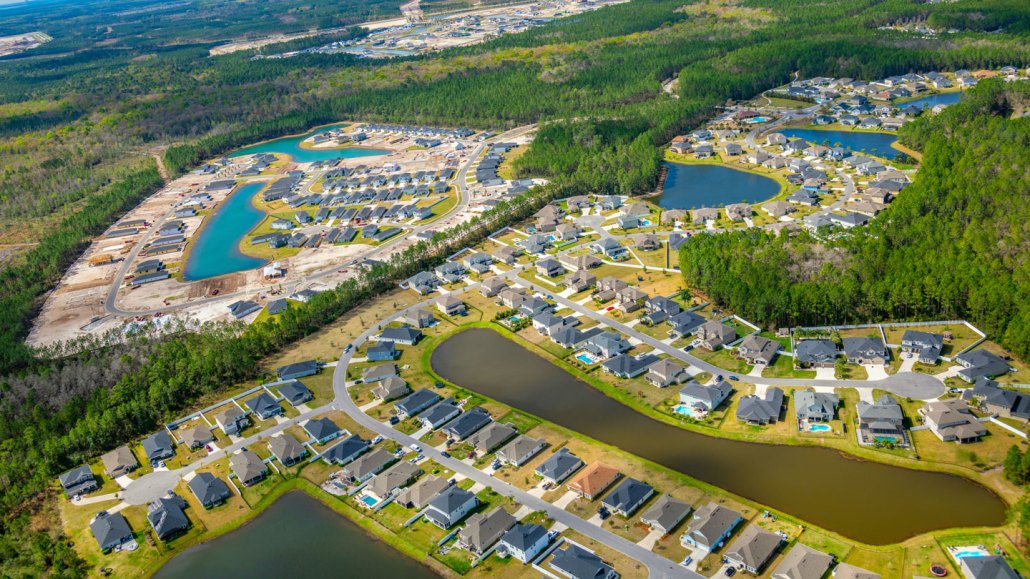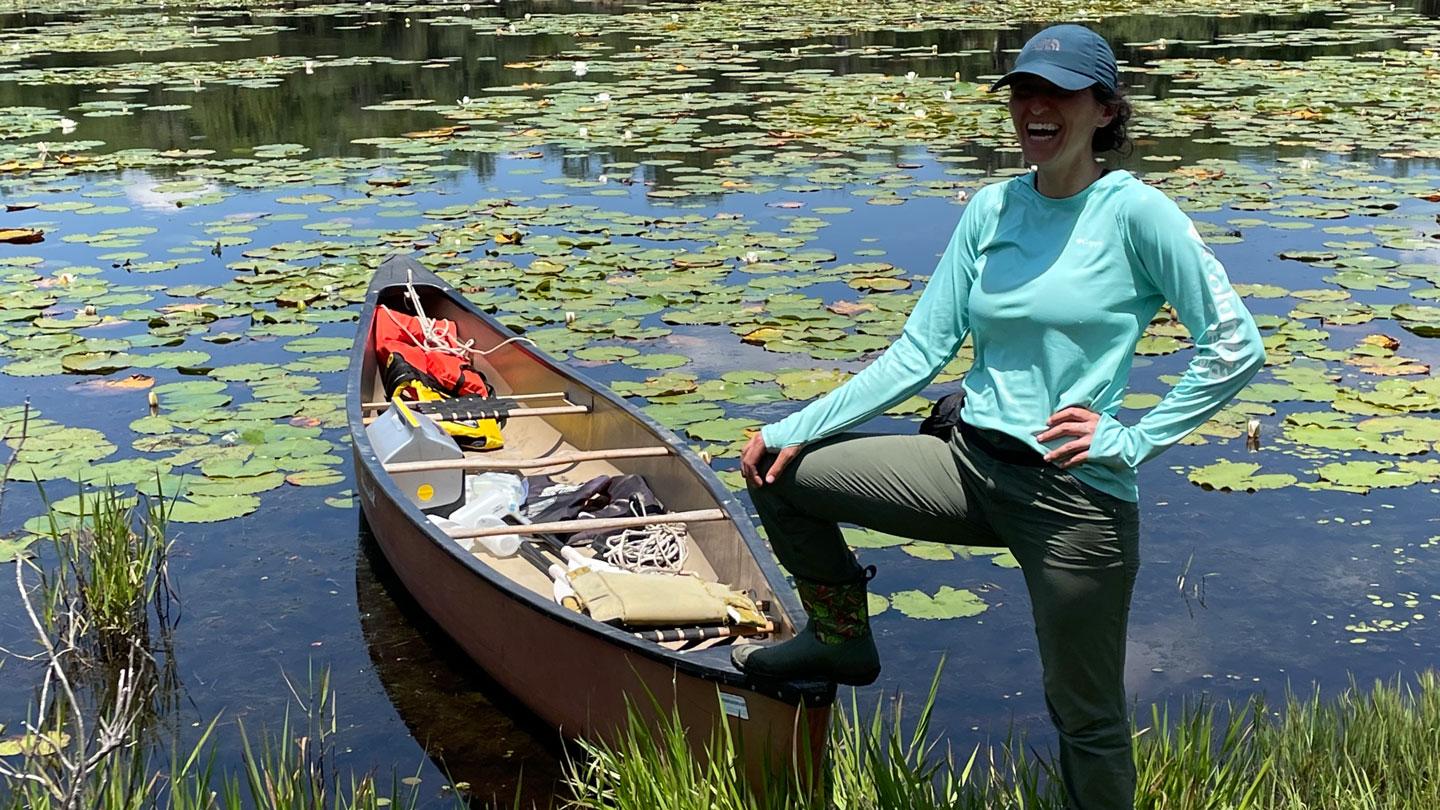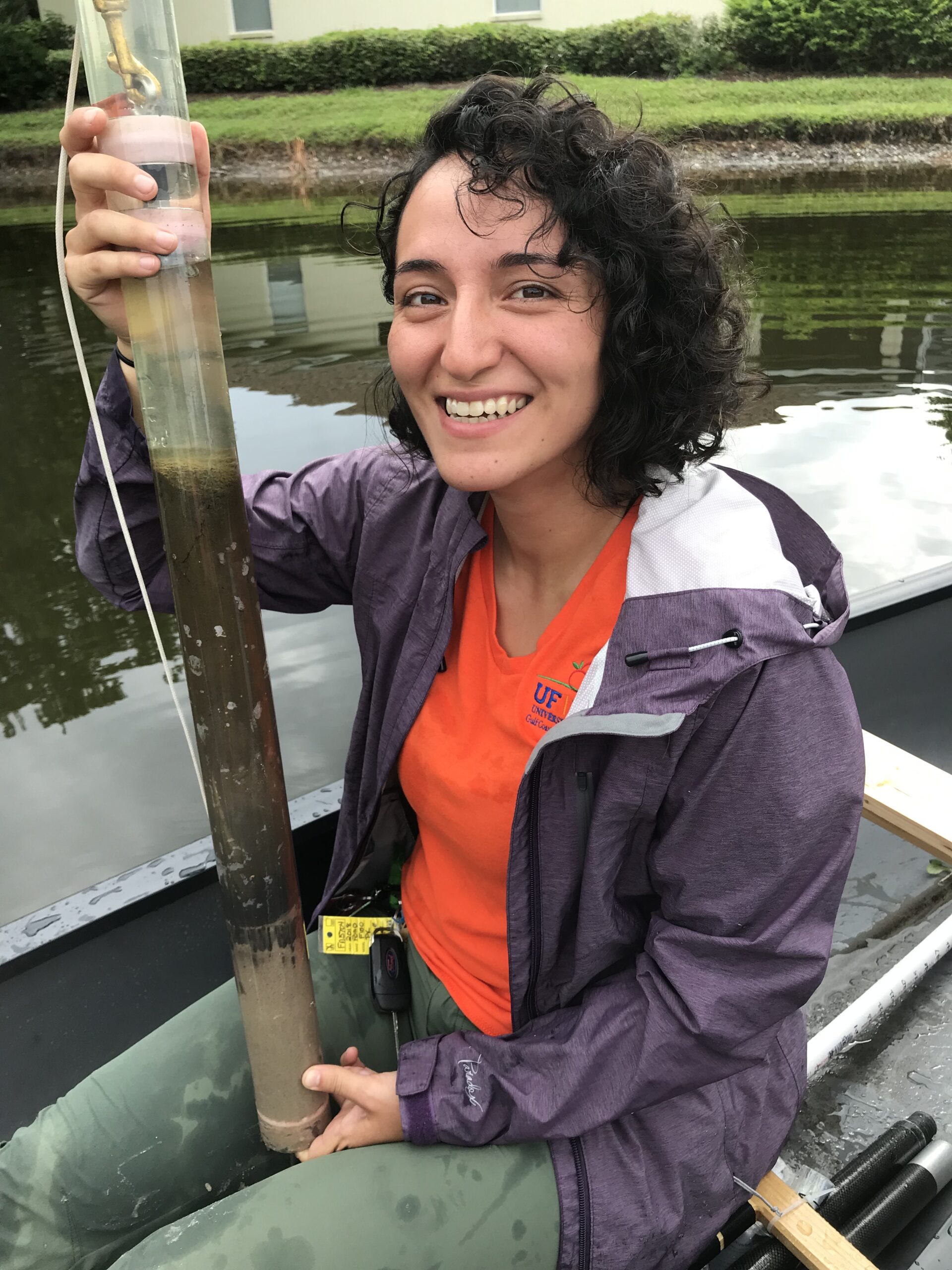Ponds made to control floods can spew climate-warming gases, study finds
Younger ponds released more greenhouse gases than they took in

This Florida community built ponds to collect water from storms, which should limit flooding. But a new study finds such ponds can have unintended impacts: They can spew the greenhouse gases that foster global warming — itself a driver of extreme storms and flooding.
Art Wager/istock/Getty Images Plus
Share this:
- Share via email (Opens in new window) Email
- Click to share on Facebook (Opens in new window) Facebook
- Click to share on X (Opens in new window) X
- Click to share on Pinterest (Opens in new window) Pinterest
- Click to share on Reddit (Opens in new window) Reddit
- Share to Google Classroom (Opens in new window) Google Classroom
- Click to print (Opens in new window) Print
As Earth’s climate has been warming, the risk of urban flooding has grown, too. Building ponds to collect excess rainwater can limit that flooding. But in some places, those ponds may actually add to global warming by releasing greenhouse gases into the air. That’s the finding of a new study.
Earth’s changing water cycle has made many cities and their suburbs wetter. These urban areas have a limited ability to soak up rain. Instead of porous ground, precipitation hits roads, concrete parking lots, buildings and other features. Ponds can collect the water that runs off. But where nature hasn’t provided enough ponds, cities have been building them. Florida alone has built about 76,000 such stormwater ponds. Many other areas also rely heavily on these ponds for flood control, notes Audrey Goeckner. She’s a graduate student at the University of Florida in Gainesville and lead author of the new study.
Recently, her team compared the uptake — and later release — of carbon-based gases at five stormwater ponds. All were in Manatee County, Fla. That’s on the state’s central west coast.
Along with a lab technician, Goeckner collected samples from the bottoms of the ponds. The samples had a layer of muck above sandy material. Older ponds had deeper layers of muck. Back at the lab, the research team measured the carbon-based compounds in the samples.
In general, older ponds released less of these carbon-based chemicals into the air than younger ponds did. At the same time, “the rate that [older ponds] were storing carbon in the sediment increased,” Goeckner says. In contrast, younger ponds seem to emit more carbon than they stored away.
“It’s just really important to take into account how these human-made ecosystems are playing a part [in the environment],” she concludes. Some ponds mostly store carbon, it seems. Others mostly release it into the air. Her team shared its findings March 9 in Communications Earth & Environment.

Where does the carbon go?
It’s important to understand what a stormwater pond is, Goeckner says. “It’s not just a hole in the ground with water.” Each quickly houses a complex ecosystem. Below its surface, she explains, “There’s a lot that goes on.”
Rains running into these ponds often carry leaves, grass, soil and other carbon-rich materials. They also can ferry a host of chemicals into these ponds. For instance, they can wash fertilizers off of lawns. Or traffic pollution off of streets. Rains can even wash pollutants out of the air.

Shortly after a pond is built, plants and microbes will move in. They’ll begin grabbing carbon-based chemicals from the water for growth and energy. Along the way, they will bind up much of that carbon in their tissues. They do it in much the same way that trees remove carbon dioxide, or CO2, from the air.
But pond organisms don’t live as long as trees. As soon as they die, microbes in the water will begin breaking down the dead cells — and their carbon — for reuse. The carbon will tend to be released as CO2 and methane (CH4). Both are potent greenhouse gases. Those gases will rise to the surface and out into the air. Sometimes the methane will suddenly burp up to the surface in bubbles.
Not all of a pond’s carbon will enter the air. Some will sink to the bottom and collect in the muck. And some carbon may flow out if there’s an outlet to a stream or water-treatment plant. The researchers used a device at multiple spots at each pond to measure the CO2 and methane entering the air. The team did this every two weeks from June 2019 through March 2020.
Offgassing of the ponds could reach 2,900 grams (6.4 pounds) of CO2 equivalents per square meter (roughly, per square yard) of surface area per year. Meanwhile, they found, carbon storage for the ponds ranged from 22 to 217 grams (0.8 to 7.7 ounces) per square meter of surface area each year.
That range of values shows the ponds did not all respond the same way. Older ponds tended to store more carbon and release less. Why?
Sediment layers tend to be deeper in older ponds. They often have less oxygen available to fuel the breakdown of cells and tissues by microbes, Goeckner explains. This could slow the release of carbon-rich gases. Older ponds also may have more photosynthesis going on in their vegetation, she adds. So more organisms may be taking up carbon dioxide and using it to build new cells.
How important are the findings?
This is not the first study to show that ponds can release greenhouse gases, notes Trisha Moore. She’s an ecological engineer at Kansas State University in Manhattan. What sets the new study apart is that it is one of the first “looking at both parts of the system” — how much carbon the ponds store and how much they release. As such, she finds, “It was just a nice example of how we need to look at a system.”
However, she cautions, this study sampled only a small number of ponds. And they were all in one state. Future research should look at what happens in ponds where the climate and vegetation are different, Moore says. Other research could test whether different pond designs might affect how much carbon their water releases. Or how might cleaning up the water before it flows into these ponds affect carbon releases? In the end, she says, pond engineers need to ask: “What can we do better?”







